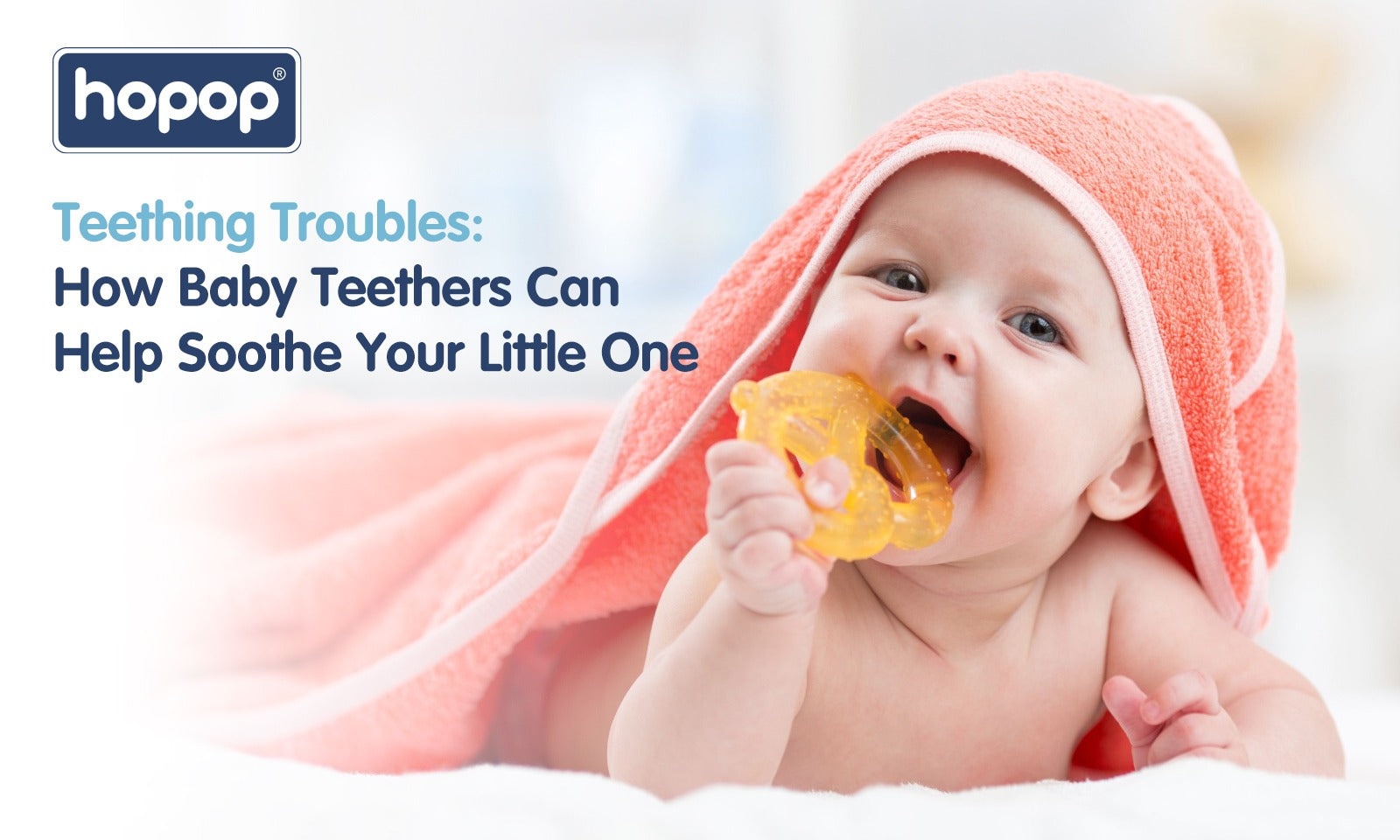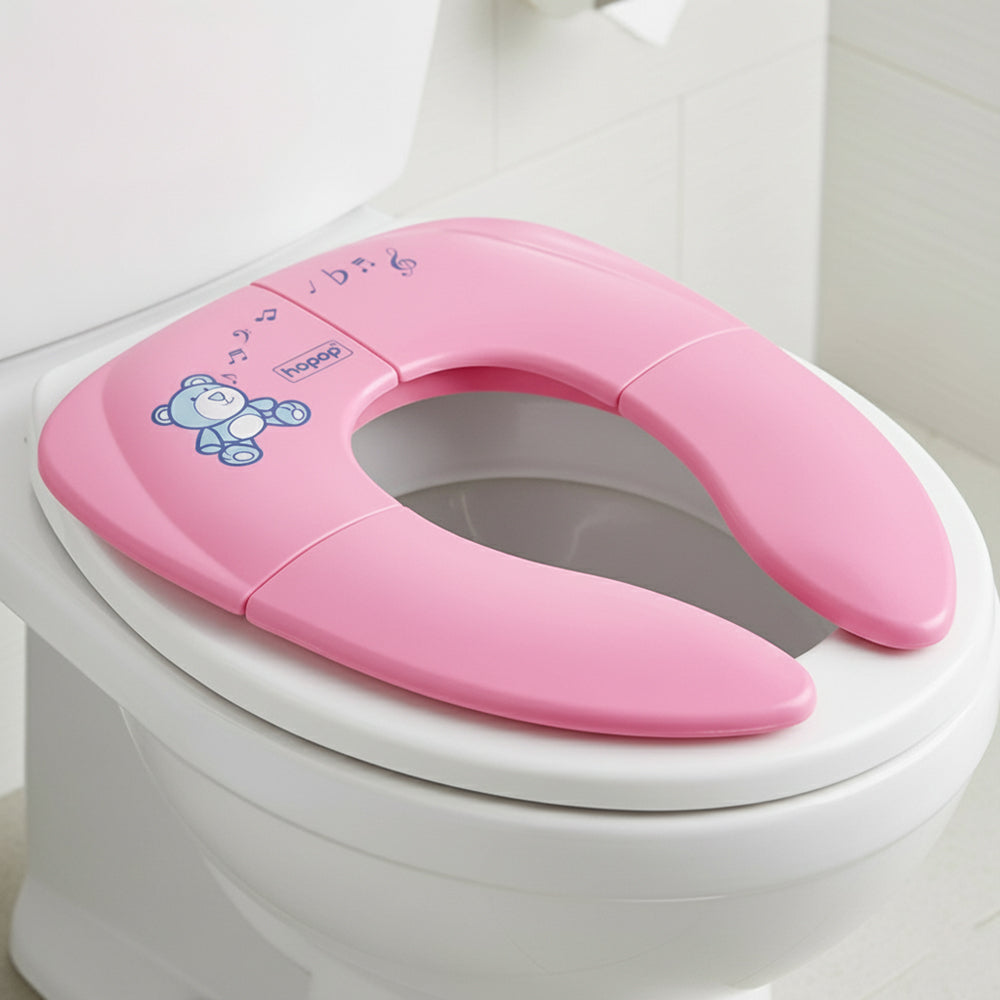Teething Troubles: How Baby Teethers Can Help Soothe Your Little One

As a parent, you've probably heard the phrase "teething troubles" more times than you can count. The process of your little one's teeth erupting through their gums can be a challenging and uncomfortable time for both you and your baby. However, with the right tools and techniques, you can help soothe your child's teething pain and make this transition a little easier.
Understanding Teething
Teething is a natural process that typically begins around 6 months of age, although it can start as early as 3 months or as late as 12 months. During this time, your baby's first set of teeth, known as primary teeth or milk teeth, will start to emerge through the gums.
The signs and symptoms of teething can vary from baby to baby, but some common indicators include:
- Increased drooling
- Chewing or gnawing on objects
- Irritability and fussiness
- Disrupted sleep patterns
- Swollen or tender gums
- Mild fever
These symptoms can be quite distressing for your little one, as the eruption of teeth can cause discomfort and pain. As a parent, it's important to understand the teething process and how you can help your baby through this challenging time.
The Role of Baby Teethers
One of the most effective tools for soothing teething pain is a baby teether. Teethers are designed to provide a safe and soothing surface for your baby to chew on, which can help alleviate the discomfort caused by the erupting teeth.
Teethers work by providing gentle pressure and stimulation to the gums, which can help reduce inflammation and provide a sense of relief. Additionally, some teethers are designed to be chilled or filled with water, which can provide a cooling sensation that further soothes the gums.
Types of Baby Teethers
There are several different types of baby teethers available on the market, each with its own unique features and benefits. Here are some of the most common options:
Silicone Teethers
Silicone teethers are a popular choice for many parents due to their durability, flexibility, and easy-to-clean design. These teethers are typically BPA-free and safe for your baby to chew on.
Water-Filled Teethers
Water-filled teethers are designed to be chilled in the refrigerator, providing a soothing, cooling sensation when your baby chews on them. These teethers are often shaped like fun characters or shapes to engage your little one.
Textured Teethers
Textured teethers feature a variety of bumps, ridges, and grooves that can provide additional stimulation and relief for your baby's gums. These teethers can be made from a variety of materials, including silicone, rubber, or even natural materials like wood or bamboo.
Choosing the Right Teether for Your Baby
When selecting a teether for your little one, it's important to consider a few key factors:
Safety: Make sure the teether is made from safe, non-toxic materials and is free from any small parts that could pose a choking hazard.
Age-Appropriate: Choose a teether that is designed for your baby's age and stage of development. Younger babies may prefer softer, more pliable teethers, while older babies may enjoy more textured or rigid options.
Material Preferences: Consider your baby's individual preferences and sensory needs. Some babies may prefer the smooth, cool feel of silicone, while others may enjoy the natural texture of wood or the soothing sensation of a water-filled teether.
Additional Soothing Techniques
While baby teethers can be a great tool for soothing teething pain, there are also other techniques you can try to help comfort your little one:
Gentle Gum Massage: Using a clean finger or a soft, damp washcloth, gently massage your baby's gums to help reduce inflammation and provide relief.
Cold Washcloth or Chilled Foods: Offering your baby a cold washcloth or chilled, teething-friendly foods (like frozen fruit or chilled cucumber slices) can provide a soothing, numbing effect on the gums.
Teething-Friendly Foods: As your baby transitions to solid foods, you can offer them soft, cold foods that are safe for teething, such as chilled applesauce or yogurt.
When to Consult a Pediatrician
While teething is a normal and expected part of your baby's development, there are some instances when you should consult your pediatrician:
Severe Symptoms: If your baby is experiencing severe symptoms, such as high fever, excessive drooling, or difficulty eating or sleeping, it's important to seek medical attention to rule out any underlying issues.
Prolonged Discomfort: If your baby's teething discomfort persists for more than a few days or seems to be causing significant distress, it's a good idea to consult your pediatrician.
Conclusion
Teething can be a challenging time for both you and your baby, but with the right tools and techniques, you can help soothe your little one's discomfort and make this transition a little easier. By incorporating baby teethers and other soothing methods into your routine, you can provide your baby with the comfort and relief they need during this important stage of development.
Explore Hopop website for more insights on baby teether!
FAQs
-
What is a baby teether?
A baby teether is a small toy that your child can chew on to reduce the pain while teething. Teethers are often made of soft, food-grade silicone or rubber and are sometimes filled with water or gel. -
How does a baby teether work?
As your child chews on a baby teether, the pressure on their gums is gentle. Applying pressure can help in reducing teething pain and inflammation. -
Are baby teethers safe?
Yes, baby teethers are safe for most babies to use. However, it's important to choose a product made from food-grade materials. -
What is the one thing to remember when using baby teethers for the baby?
Always watch your child and inspect your child's teether regularly to ensure it has not been damaged.
-
Posted in
silicone teether, Teethers, water filled teether

















